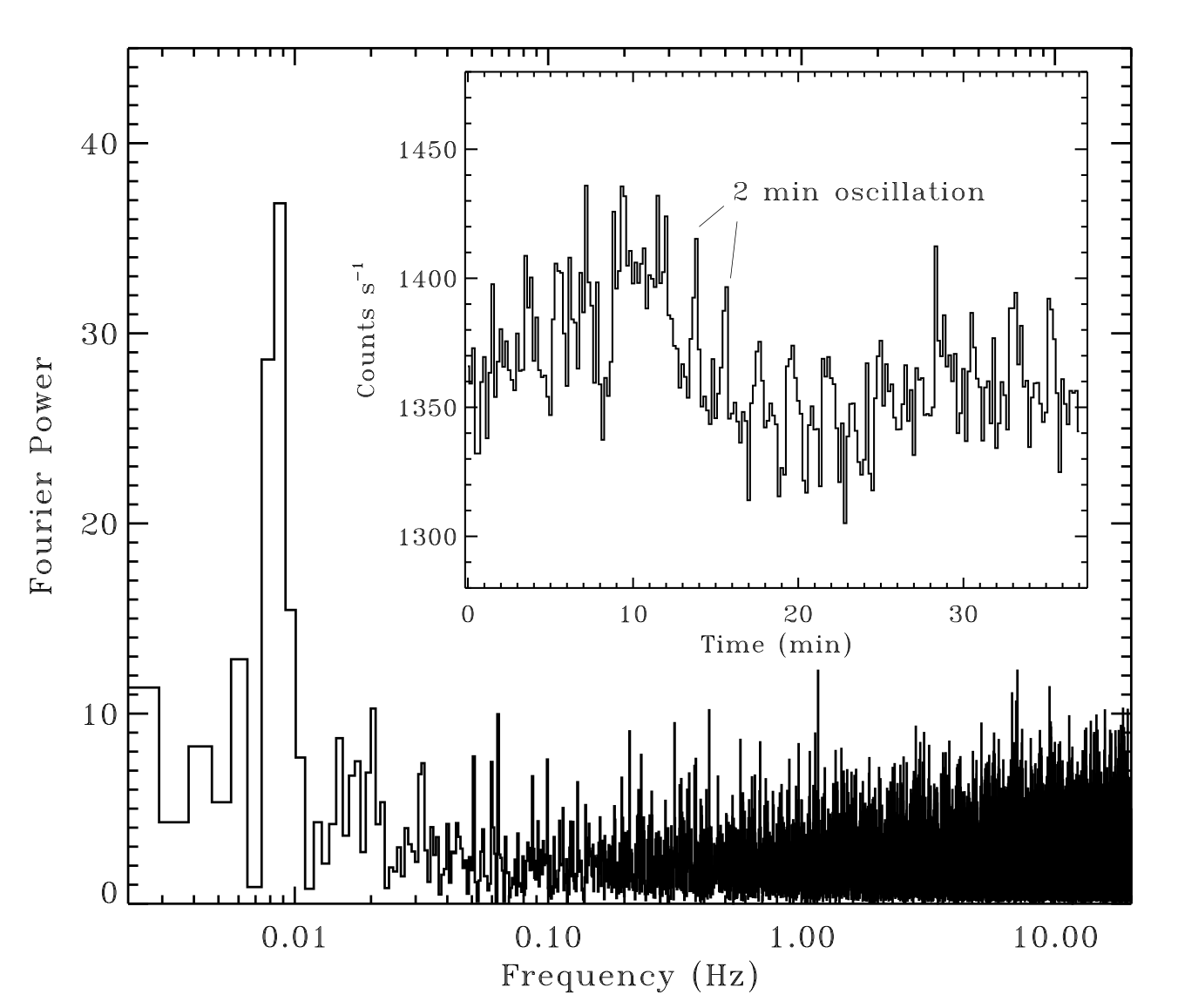NICER / ISS Science Nugget for December 21, 2017Marginally-stable burning observed in the LMXB system GS 1826-24GS 1826-24 is an accreting neutron star binary system known as a Low Mass X-ray Binary (LMXB). In these objects a low-mass companion star loses matter to the heavier neutron star. This accretion of matter into the powerful gravitational field of the neutron star drives strong X-ray emission. In about 100 of these systems another kind of energy also powers X-ray emission: thermonuclear fusion, the same energy source that powers our Sun. The accreted matter, mostly hydrogen and helium with a mix of heavier elements, piles onto the neutron star. When enough matter has piled up, the pressure and density at the base of the accreted layer is sufficient to trigger fusion of hydrogen and helium into heavier elements. This rapidly releases an enormous amount of energy, resulting in a bright flash of X-rays known as a thermonuclear X-ray burst. How much energy? A typical burst can produce energy equivalent to one hundred 15 Megaton H-bombs exploding over every square centimeter of its surface! NICER has an extensive observing program to study such explosions, including from GS 1826-24, because they directly illuminate the neutron star surface and its immediate surroundings, providing a unique and detailed view. This typical bursting behavior is called unstable burning, but less frequently these systems can display another type of burning. In this "marginally stable" regime the conditions allow the burning layer to cool rapidly enough that the whole surface doesn't explode all at once. Rather, a pulsating mode of burning occurs, with alternating periods of thermonuclear heating followed by cooling. Theoretical calculations indicate that the X-ray emission should pulse with a period of about 2 minutes. So far, this has only been seen in a handful of LMXBs, and never before in GS 1826-24. However, on at least three separate occasions NICER observed GS 1826-24 to be pulsing with a period close to 2 minutes, consistent with marginally-stable burning.
Further study with NICER will provide important new information about the neutron star in this system. NICER
|



